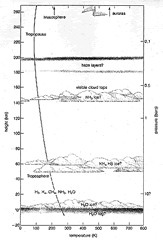This is a diagram showing the locations of the cloud decks of Saturn.
Click on image for full size
Saturn Cloud Decks
There are three different layers of clouds, or clouddecks, in Saturn's atmosphere, as shown in this picture. The clouddecks are
made of different molecules.
The first clouddeck is made of ammonia clouds. Ammonia is what you use to clean the kitchen sink, so you can imagine what clouds of ammonia might smell like!
The second clouddeck is made of ammonium hydrosulfide clouds, which is a combination of ammonia and sulfur! You can imagine what *that* smells like.
The third clouddeck is made of ordinary water clouds.
You might also be interested in:
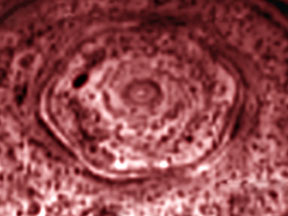
Astronomers have discovered a strange shape in Saturn's atmosphere. The shape is a hexagon. The hexagon is near Saturn's North Pole. Scientists aren't quite sure why Saturn has the hexagon shape in its
...more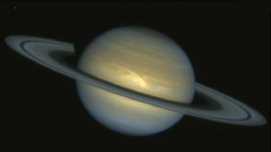
The most important motions in the atmosphere are winds. The major winds in Saturn's atmosphere are the zonal winds which are made of zones and belts. Zones are high pressure systems and belts are low pressure
...more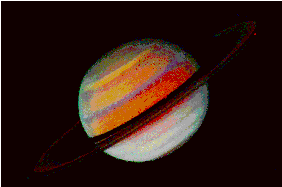
The striped cloud bands on Saturn, like Jupiter, are divided into belts and zones. In a belt, the wind flows very strongly in one direction only. In a zone, the wind flows very strongly in exactly the
...more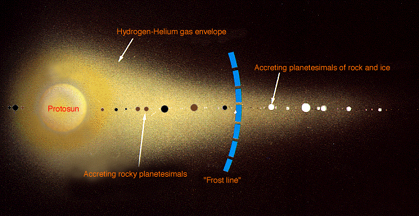
The position of the planets in the solar nebula greatly affected their 1. size and 2. composition. This is because of the effect of how cold it was in the nebula. 1. The nebula was a lot warmer close to
...more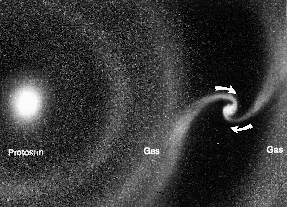
As shown in this picture, while they were forming in the solar nebula, the nucleii of the planets-to-be (called protoplanets) drew material to themselves from the cloud of gas and dust around them. The
...more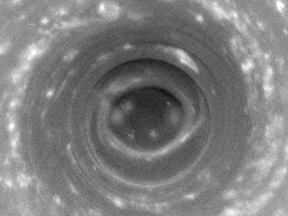
Saturn's South Pole is very stormy. It is also surprisingly warm. A huge, hurricane-like storm is centered on the South Pole. Astronomers recently discovered that the pole is also warmer than any other
...more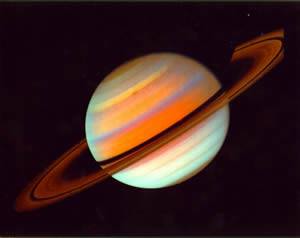
Like the inner planets and Jupiter, Saturn is clearly visible in the night sky. The ancient Greeks named the planet after the god of agriculture and time. It wasn't until 1655, however, that we knew Saturn
...more


